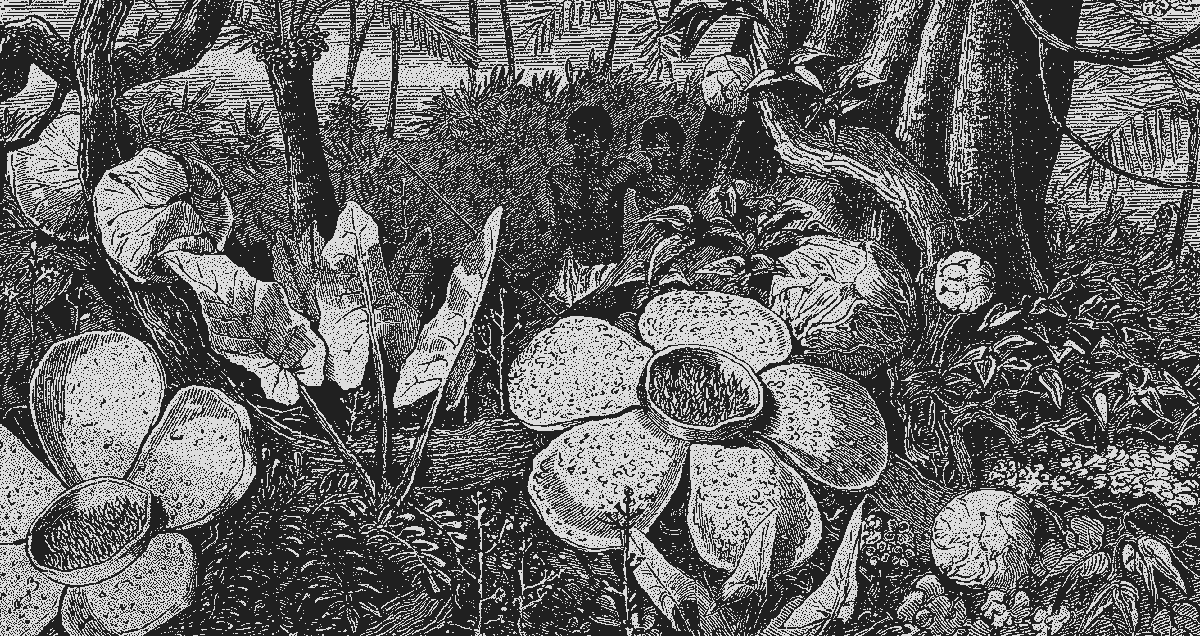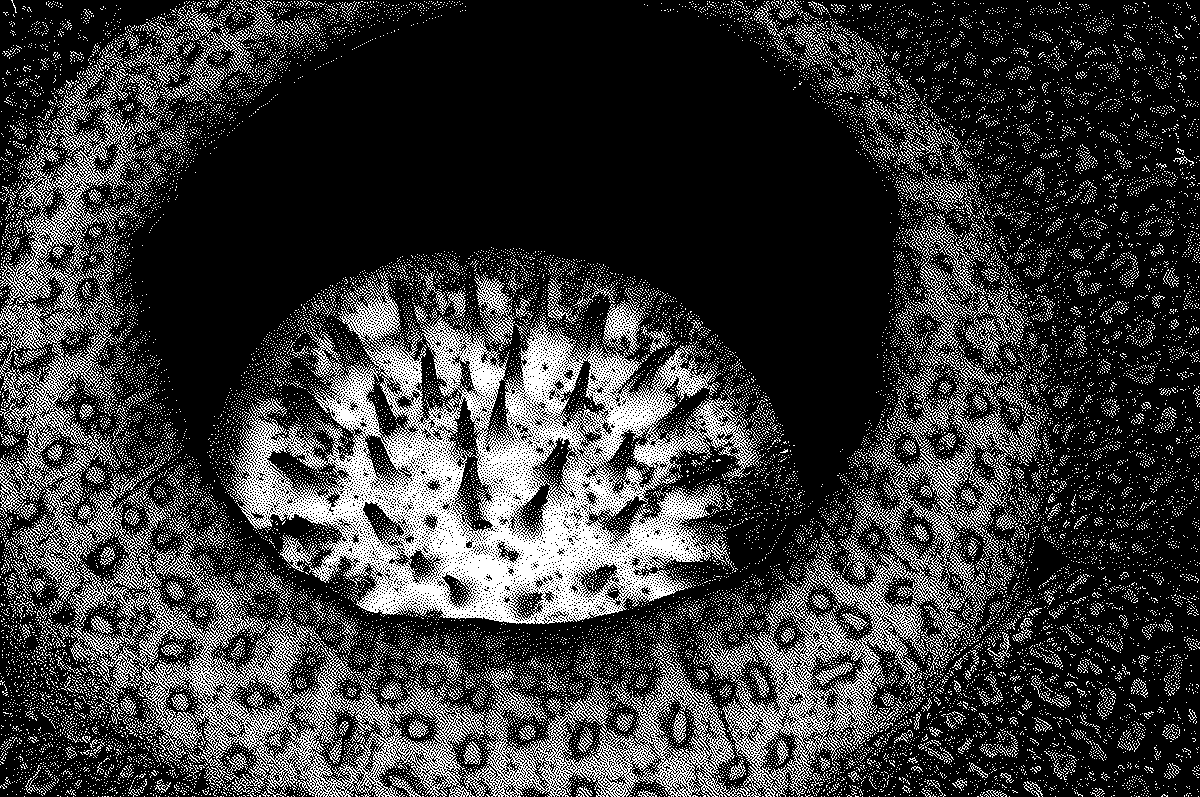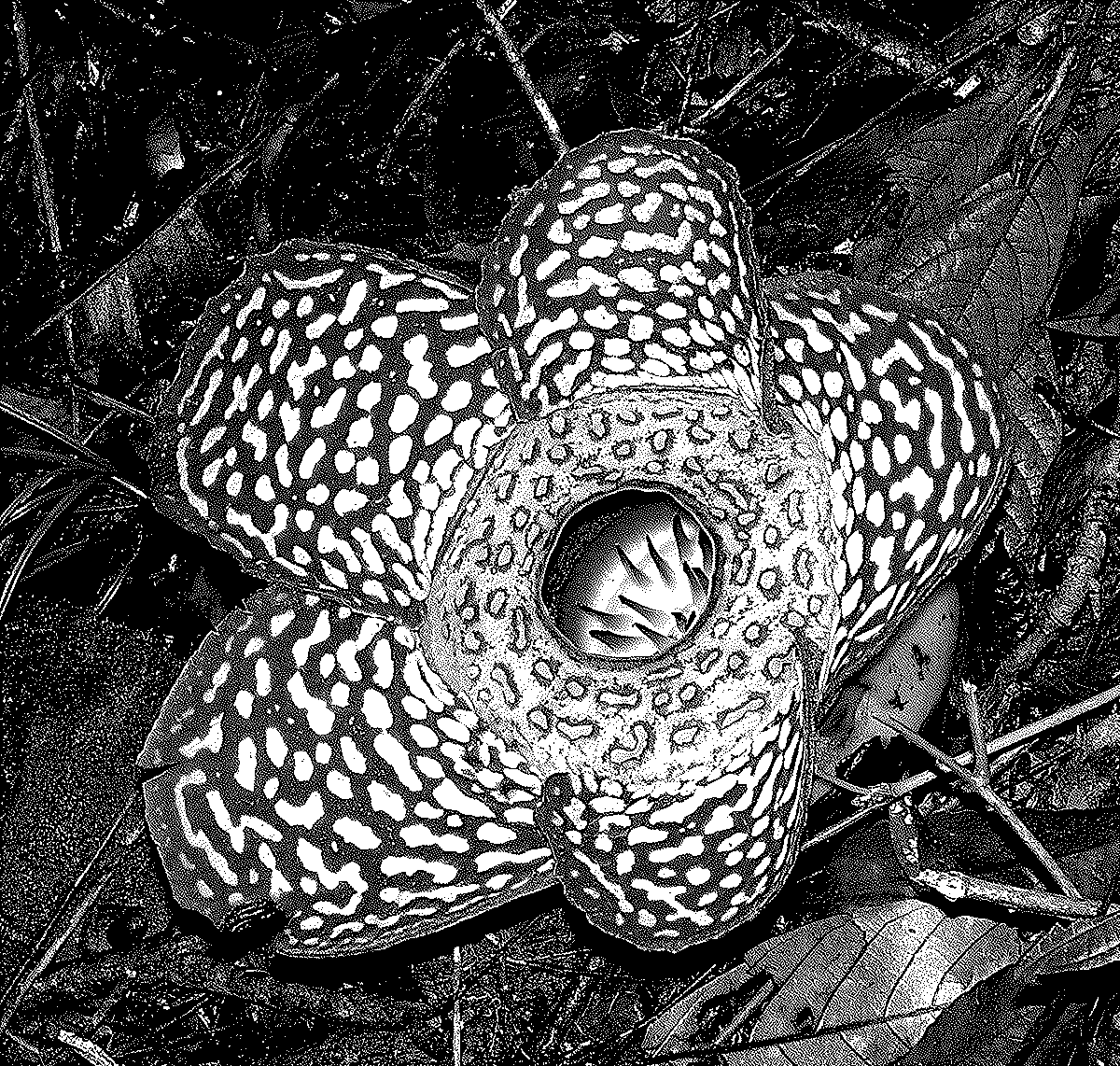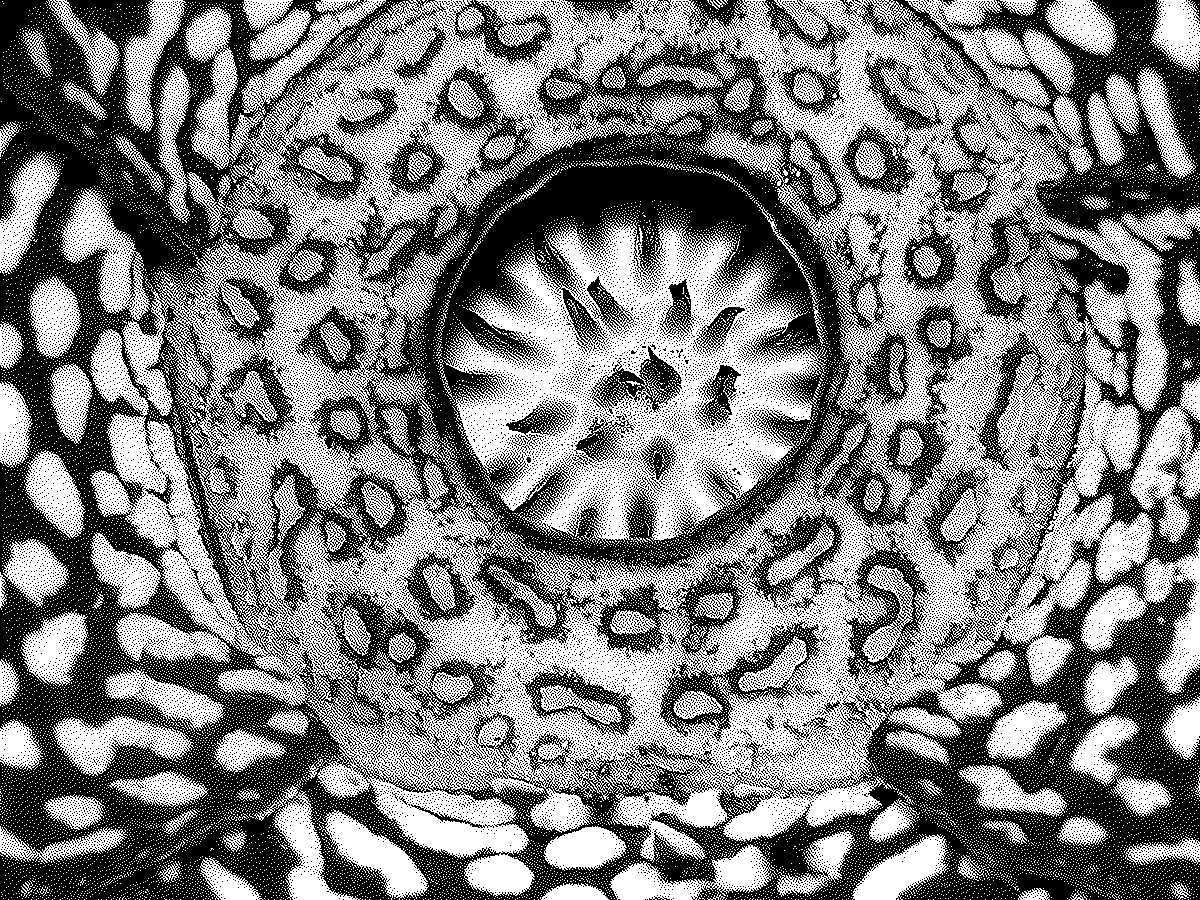Venture into the lush, verdant heart of Borneo, where the world’s largest flowers lie hidden amidst the dense rainforest. These enigmatic blooms, known as Rafflesia, captivate visitors and locals alike with their sheer size and otherworldly beauty. With several endemic species calling Borneo home, a journey to witness these botanical wonders is an adventure you won’t want to miss.
Borneo, an island shared by Malaysia, Indonesia, and Brunei, is home to numerous endemic Rafflesia species. Each species has its own unique characteristics, making a trip to Borneo a veritable treasure hunt for those seeking to catch a glimpse of these elusive blooms. Here, we explore some of the most remarkable endemic Rafflesia species found on this enchanting island.
1. Rafflesia arnoldii

The star of the show, Rafflesia arnoldii, is not only the largest Rafflesia species but also holds the title of the world’s largest flower. With a diameter that can reach up to one meter and weighing up to 11 kilograms, this extraordinary blossom is a sight to behold. Native to the rainforests of Borneo and Sumatra, Rafflesia arnoldii is identifiable by its vibrant red petals adorned with distinctive white spots.
2. Rafflesia keithii

Named after the British colonial administrator Sir Harry George Keith, Rafflesia keithii is another endemic species found in Sabah, Malaysian Borneo. Although slightly smaller than its cousin R. arnoldii, R. keithii still boasts an impressive size, with blooms reaching up to 80 centimeters in diameter. The petals of R. keithii are thicker and more leathery, with their reddish-brown hue and pale yellow spots setting them apart from other species.
3. Rafflesia tengku-adlinii
Rafflesia tengku-adlinii, discovered in 1987, is an endemic species found exclusively in the Crocker Range of Sabah. This relatively small Rafflesia species, with flowers measuring around 30–50 centimeters in diameter, features stunning red petals with a smattering of white spots. R. tengku-adlinii is named in honor of Tengku Zainal Adlin, a passionate advocate for Sabah’s natural heritage and former chairman of Sabah Parks.
4. Rafflesia pricei


Another Sabah native, Rafflesia pricei, can be found in the eastern and central parts of the state. With its relatively small size, R. pricei‘s flowers measure around 20-30 centimeters in diameter. This charming species is easily identified by its bright orange-red petals, which are covered in striking white or yellow blotches.
5. Rafflesia tuan-mudae
Venturing into Sarawak, Malaysian Borneo, Rafflesia tuan-mudae is an endemic species that can be found in the Gunung Gading National Park. With a diameter of up to 60 centimeters, Rafflesia tuan-mudae features deep red petals adorned with numerous white spots. The species is named after Tuan Mudae, the Iban chief who first led researchers to the flower in the late 19th century.
Witnessing the Rafflesias in Borneo: A Memorable Adventure
Experiencing the spectacular Rafflesias in their natural habitat is an adventure that requires impeccable timing, patience, and a touch of luck. Due to their short blooming period and unpredictable nature, finding these alluring flowers in full bloom can be challenging. However, the excitement of the hunt and the ultimate reward of witnessing these incredible blossoms make the quest worthwhile.
Several national parks and conservation areas across Borneo offer guided treks to Rafflesia sites, ensuring the best chance of encountering these elusive flowers. Some popular locations include Kinabalu Park and Crocker Range Park in Sabah, Gunung Gading National Park in Sarawak, and the Meratus Mountains in South Kalimantan.
When embarking on your Rafflesia adventure, it is essential to travel with a knowledgeable local guide who can lead you to the most promising locations for spotting these rare blooms. Not only will a guide enhance your chances of success, but they will also enrich your experience with fascinating insights into the ecology and cultural significance of these endemic species.
Conservation Efforts and the Importance of Sustainable Tourism
The enchanting Rafflesias of Borneo face numerous challenges, including habitat loss due to deforestation and the conversion of land for agricultural purposes. Climate change, poaching, and the increasing pressures of tourism also pose threats to these vulnerable flowers.
As visitors, we have a responsibility to minimize our impact on these delicate ecosystems and support sustainable tourism practices. When visiting Rafflesia sites, ensure you follow guidelines provided by your guide or the park authorities. These may include staying on designated trails, refraining from touching or disturbing the flowers, and not littering.
By engaging in responsible tourism and supporting local conservation efforts, we can contribute to the preservation of Borneo’s remarkable Rafflesias for future generations to admire and appreciate.
So pack your bags, lace up your hiking boots, and prepare to be amazed by the enigmatic Rafflesias of Borneo – a botanical spectacle that will leave you in awe of the incredible diversity and beauty of our planet.
